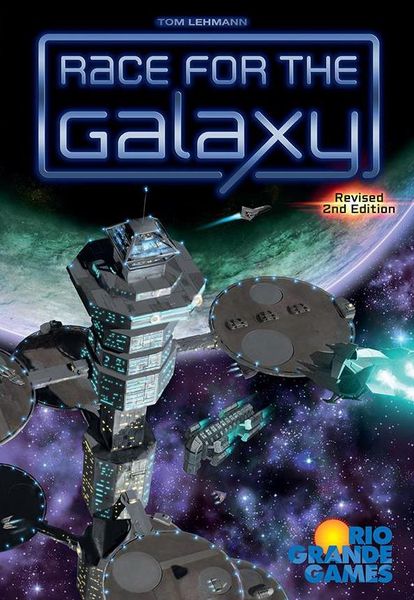Race for the Galaxy (2007) Board Game
Race for the Galaxy is a card game designed by Thomas Lehmann and released in 2007 by Rio Grande Games. It falls under the categories of Civilization, Economic, Science Fiction, and Space Exploration. The game has gained popularity for its strategic gameplay and engaging mechanics.
Game Components of Race for the Galaxy
How To Setup Race for the Galaxy
To set up the game, each player randomly selects one of nine starting world cards, which counts as part of their tableau. Players then draw six cards and keep four. Each player selects one of seven action cards and places it face down. Once all players have chosen their actions, the round begins with the revealed actions proceeding in numerical order.
Gameplay Mechanics and Game Objective
Player Experience
Playing **Race for the Galaxy** is an immersive and strategically rich experience. The game requires players to manage their hand, allocate resources, and make tactical decisions about which phases to choose. The complex iconography and numerous card interactions can be challenging for new players, but experienced players appreciate the depth and variety of strategies available.
Pros
Cons
Personal Thoughts on Race for the Galaxy
**Race for the Galaxy** is not a game for the casual player; it is a game for experienced strategists who enjoy complex gameplay and tactical decision-making. While it may not be the most accessible game due to its intricate mechanics and iconography, it rewards dedication and practice with a deeply satisfying and varied gaming experience. If you’re looking for a game that challenges you to build a space civilization through meticulous card management and strategic planning, **Race for the Galaxy** is an excellent choice.
We are supported by our audience. When you purchase through links on our site, we may earn an affiliate commission, at no extra cost for you. Learn more.

